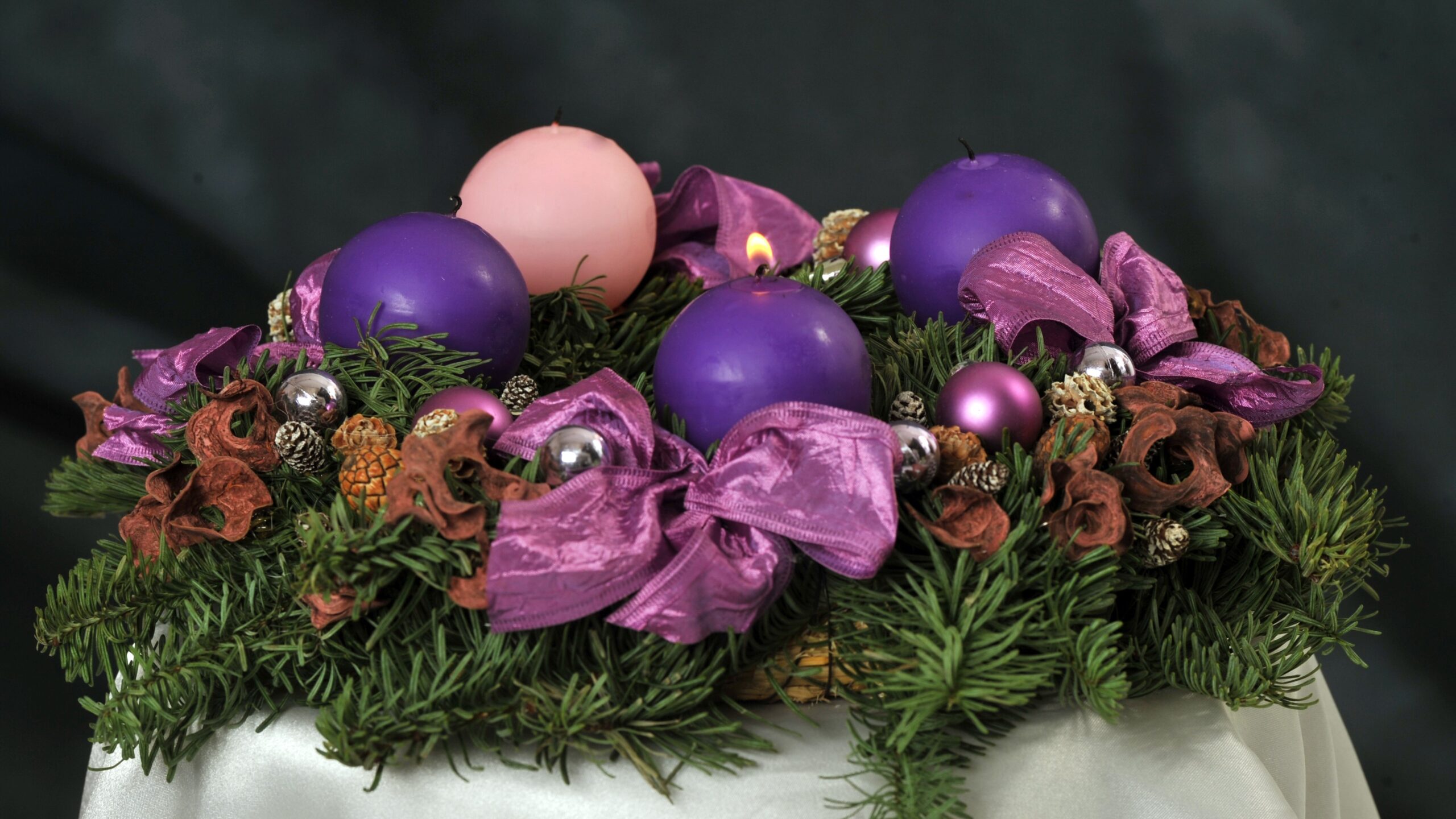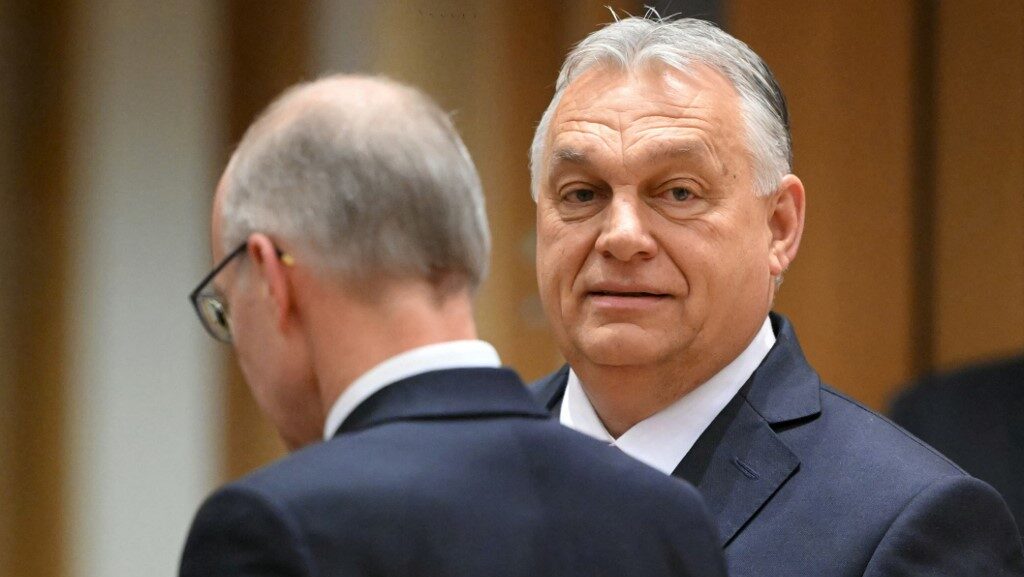This year, Hungarians and millions of people around the world light the first candle on their Advent wreaths today, 1 December, in anticipation of the Nativity.
Advent is a season of waiting and expectation—looking forward to Christmas, that is, the birth of Christ. Christians prepare not only their homes, but also their hearts for four weeks before Christmas.
In the Christian churches, Advent also marks the beginning of a new liturgical season—it leads us into the new church year.
The Advent Wreath
The elements of the Advent wreath have a specific meaning. The circular shape of the wreath symbolizes God’s everlasting love for His church, while the evergreens symbolize eternal life through Christ. The flame of the four candles, lit on the four Sundays that precede Christmas, reminds us that Jesus is the Light of the World.
In the Roman Catholic Church purple candles are used on the Advent wreath, a colour symbolizing repentance, while in Protestant churches the colour of the candles may vary. (In the Greek Catholic Church there are six candles on the wreath, as they follow the tradition of the Eastern Church by observing 40 days of preparation before Christmas.) The third Sunday of Advent, on 15 December 2024, is called ‘Gaudete Sunday’ in the Catholic Church, meaning rejoice, with a pink candle on the Advent wreath being lit in churches and in homes.
Few may know that similarly to that of the Christmas tree, the origin of the tradition of preparing an Advent wreath dates back to the Lutheran Church: the story goes that it was a Lutheran pastor in 19th century Germany who conceived the first Advent wreath. The current form commonly used today was developed more recently, and is used in many other Christian churches throughout the world.
Advent Traditions
There are also other Advent traditions in Central Europe, observed also in Hungary, beside the Advent wreath. These include the observance of special commemoration days during the season of Advent: the day of St Nicholas, Bishop of Myra, on 6 December, called Mikulás in Hungary, and St Lucy (Lucia, in Hungarian Luca), Virgin and Martyr of Syracuse, on13 December.
Mikulás, known as Santa Claus in the English-speaking world, does not bring the Christmas present to children in Central -European countries. He gifts them with chocolates, fruits and nuts on 6 December. The reason apparently is that as numerous stories surrounding St Nicholas spread and became legend in Martin Luther’s time, he became concerned that the observance of St Nicholas Day was becoming separated from Christ. As a response, Luther started the tradition of celebrating the Christkindl or Christ Child, who would bring gifts to children on Christmas Eve.
The folk tradition linked to the observance of Luca’s Day in Hungary is a typical example of how pagan and Christian traditions merged. According to folk belief, a so-called Luca’s stool had to be prepared by lads, starting on 13 December, and completed by Christmas Day, consisting of seven parts and made of various kinds of wood. If the stool was taken to the midnight mass on 24 December, Christmas Eve, and the maker of the stool stood on it, he was believed to be able to spot the witches in the church.
An Advent in Anticipation of Peace
In whichever way we observe Advent, and whatever the colours of our candles are, now that the merry days of Christmas are near, let us stop for a moment and think of those who cannot celebrate in peace this holiday season. Let’s not forget about those who live in countries and regions torn by war, violence and persecution: let’s all try to find ways to contribute, even in the smallest ways, to helping them, and let’s pray that there be peace.








